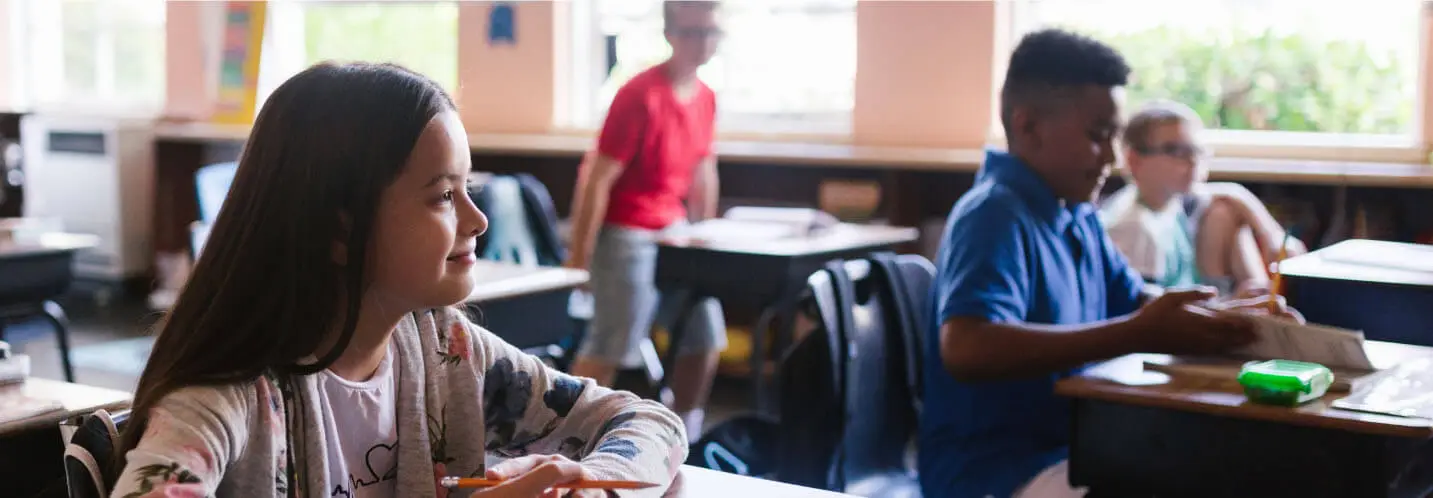EDUCATION
BENEFITS OF USING GLASS IN SCHOOLS

The design of schools and other educational facilities play a crucial role in shaping the learning and social experience of students. In recent years, architects and educators have turned to innovative building materials to create more dynamic and functional school environments. One such material that has gained prominence is glass.
Incorporating glass in schools offers many of benefits such as increased productivity, enhanced safety and security, and eye-catching design. In this article, we will explore these advantages and highlight how glass can transform educational spaces into more conducive and inspiring places for learning.
Productivity
One of the primary benefits of using glass in school design is its ability to allow natural light to flow into classrooms and common areas. Many studies have shown that natural light has been proven to enhance productivity, focus and retention among students. It not only reduces eye strain but also positively influences mood and cognitive performance. A well-lit learning environment can significantly improve students’ ability to concentrate on their studies, leading to increased productivity in the classroom.
Modern education heavily relies on technology, and the use of glass can seamlessly incorporate digital elements into the learning experience. Smartboards, projectors, and digital displays can be easily integrated with glass partitions and walls. This not only enhances the educational content but also allows for interactive and engaging lessons, further boosting productivity and knowledge retention.
Safety and Security
Safety is a top priority in educational institutions, and glass plays a pivotal role in maintaining secure environments. Glass partitions and windows provide high levels of visibility, enabling natural surveillance for teachers and staff to monitor students in various areas of the school. Students are less likely to do harm is they know their actions are in plain sight. If there is an incident, the increased visibility allows prompt intervention from teachers and staff when necessary.
Today’s advanced glazing products have better impact resistance, preventing injuries stemming from accidental impact with the glass. It can also be enhanced with other high performance characteristics such as privacy, sound attenuation, fire ratings, forced entry resistance, bullet resistance, privacy, hurricane resistance, and more. This ensures that students and staff still enjoy natural light and transparency without sacrificing safety and security.

Design
The aesthetic qualities of glass are undeniable. Its clean lines, transparency, and reflective properties contribute to a contemporary and inviting atmosphere within educational spaces. Glass can be used to create visually stunning entrances, facades, and interior partitions that deliver a feeling of openness – making spaces appear larger and more inviting.
Incorporating glass into school design also allows students to maintain a connection with the natural world. Views of outdoor green spaces and the changing weather can serve as sources of inspiration and relaxation. This connection to nature can have a positive impact on student well-being and overall design aesthetics.